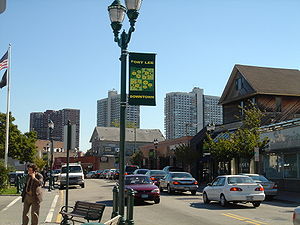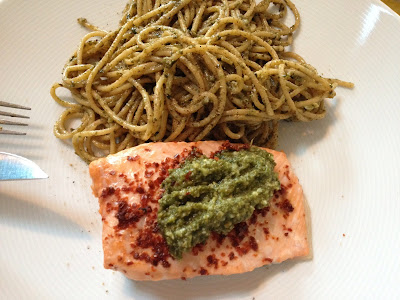I just returned from six nights at an all-inclusive hotel on the beautiful island of Jamaica and I have a lot to say about the food and service.
All meals, juices, soft drinks, beer and liquor are included in the room rate at the RIU Montego Bay Hotel, but the waiters and bartenders don't pour champagne or cognac, and there is no free-range beef or Caribbean lobster on the menu. Meals are served buffet style in four restaurants, two of which require reservations.
RIU is a Spanish hotel company with three resorts in Jamaica. The Montego Bay hotel has nearly 700 rooms. So what's the problem? If you want to explore the island, you'll invariably miss meals you have paid for. If you want to try some of Jamaica's superb jerk chicken, pork or fish, you'll have to go to a nearby jerk centre, because what passes for jerk at the hotel's beach kiosk makes you feel like a jerk for eating it.
Some of the hotel food is very good: marinated white tuna sashimi was a stand-out in the Asian fusion restaurant; intensely sweet mango showed up a number of times, perfect in the morning on your fruit plate or in the evening with cheese and red wine; breakfast always included several freshly blended fruit juices, a big block of goat cheese and such Jamaican dishes as callaloo, a collard-like green sauteed with onions and tomato. In the Rose Hall Restaurant, the carvery offered Jamaican-raised turkey with juicy dark meat.
But there were lots of poorly executed dishes: ackee and saltfish, the breakfast often called the Jamaican national dish, was too salty because the cod hadn't been boiled long enough; cassava in garlic sauce (yuca con mojo) is best left to the Cubans. One night in the Italian specialty restaurant, Little Italy, I ordered risotto with prawns in a seafood sauce. The rice was undercooked and crunched in my mouth and the plate held shrimp, not prawns, and mussels. Most fish served was farmed and imported; I had local fish at only one meal.
Want an espresso? It comes out of a Nescafe machine and tastes horrible. This from a European hotel company that hosts espresso-loving Spaniards, Italians and other Europeans.
One problem is too much variety. What do they do with leftovers? Serve them at the next meal or the next day? You could never be sure. Invariably, you'd see an item on another guest's plate you didn't know was being offered.
On my last night, I took my wife and mother-in-law for dinner at the nearby Ritz-Carlton Hotel, which is smaller and more expensive. My brother-in-law is a chef there. The a la carte menu in the Horizons Restaurant listed appetizers for up to $18 (crab cakes) and entrees for $28 and up. We chose to have the buffet for $45 each, including wine.
The contrast to the RIU buffets was stark: fewer dishes were offered but they were of higher quality: shrimp salad, steamed asparagus, salad greens, marinated mushrooms, hummus, tapanade, imported prosciutto, fresh mozzarella and more. The entrees were roast lamb in a red-wine sauce and two kinds of fish. Desserts included cheeses, carrot cake and creme brulee, as well as flambeed bananas with ice cream.
We were brought a basket of warm olive rolls and the waiter poured me a generous glass of pinot noir, one of several red wines to choose from; at RIU, you got "white" or "red" wine. My brother-in-law offered to make me pasta with seafood for my entree. The waiter brought me a nice bowl of penne with swordfish, fat sea scallops, shrimp and mussels in garlic and oil. Perfect.
I finished my meal with cheese and fruit and the last few sips of that terrific pinot noir.

![Reblog this post [with Zemanta]](http://img.zemanta.com/reblog_e.png?x-id=6695393b-da61-4940-b329-d9e7c0229f0a)

![Reblog this post [with Zemanta]](http://img.zemanta.com/reblog_e.png?x-id=e73c0412-a01c-4fa3-a422-c1454b23af83)


![Reblog this post [with Zemanta]](http://img.zemanta.com/reblog_a.png?x-id=0b07c57d-4818-4bde-a4eb-13fb257ed3f6)
